Development and application of agricultural film
- Categories:Trade News
- Author:
- Origin:
- Time of issue:2021-09-29
- Views:0
(Summary description)Traditional plastic agricultural film according to different resin raw materials, plastic films commonly used in agricultural production mainly include polyvinyl chloride (PVC) film, polyethylene (PE) film, ethylene monoester acid ethylene copolymer (EVA) film, etc. Firstly, the resin material, masterbatch core, modifier, coupling layer and dispersion layer are made into plastic masterbatch, and different types of films are made by calendering or blow molding process. The main functions of agricultural film mulching in production are increasing temperature, preserving moisture, regulating light, preventing grass and regulating soil salinity. The earliest used agricultural film is PVC film, which has good thermal insulation and weather resistance, but has a large proportion. The film surface is easy to absorb dust, has poor light transmittance, and produces toxic gases such as HCl during combustion; PE film is light, soft, easy to shape and good light transmittance. It is one of the main agricultural films used in China, but it has poor weather resistance and thermal insulation, and is easy to form water droplets; EVA film is a new film material used in agriculture in recent years because its light transmittance, heat preservation and weather resistance are better than PVC and PE films. For decades, plastic film mulching technology has promoted the rapid development of agricultural economy, but the degradation process of plastic agricultural film is slow and takes more than 100 years, resulting in the decline of soil quality and environmental pollution.
Development and application of agricultural film
(Summary description)Traditional plastic agricultural film according to different resin raw materials, plastic films commonly used in agricultural production mainly include polyvinyl chloride (PVC) film, polyethylene (PE) film, ethylene monoester acid ethylene copolymer (EVA) film, etc. Firstly, the resin material, masterbatch core, modifier, coupling layer and dispersion layer are made into plastic masterbatch, and different types of films are made by calendering or blow molding process. The main functions of agricultural film mulching in production are increasing temperature, preserving moisture, regulating light, preventing grass and regulating soil salinity. The earliest used agricultural film is PVC film, which has good thermal insulation and weather resistance, but has a large proportion. The film surface is easy to absorb dust, has poor light transmittance, and produces toxic gases such as HCl during combustion; PE film is light, soft, easy to shape and good light transmittance. It is one of the main agricultural films used in China, but it has poor weather resistance and thermal insulation, and is easy to form water droplets; EVA film is a new film material used in agriculture in recent years because its light transmittance, heat preservation and weather resistance are better than PVC and PE films. For decades, plastic film mulching technology has promoted the rapid development of agricultural economy, but the degradation process of plastic agricultural film is slow and takes more than 100 years, resulting in the decline of soil quality and environmental pollution.
- Categories:Trade News
- Author:
- Origin:
- Time of issue:2021-09-29
- Views:0
Traditional plastic agricultural film
Traditional plastic agricultural film according to different resin raw materials, plastic films commonly used in agricultural production mainly include polyvinyl chloride (PVC) film, polyethylene (PE) film, ethylene monoester acid ethylene copolymer (EVA) film, etc. Firstly, the resin material, masterbatch core, modifier, coupling layer and dispersion layer are made into plastic masterbatch, and different types of films are made by calendering or blow molding process. The main functions of agricultural film mulching in production are increasing temperature, preserving moisture, regulating light, preventing grass and regulating soil salinity. The earliest used agricultural film is PVC film, which has good thermal insulation and weather resistance, but has a large proportion. The film surface is easy to absorb dust, has poor light transmittance, and produces toxic gases such as HCl during combustion; PE film is light, soft, easy to shape and good light transmittance. It is one of the main agricultural films used in China, but it has poor weather resistance and thermal insulation, and is easy to form water droplets; EVA film is a new film material used in agriculture in recent years because its light transmittance, heat preservation and weather resistance are better than PVC and PE films. For decades, plastic film mulching technology has promoted the rapid development of agricultural economy, but the degradation process of plastic agricultural film is slow and takes more than 100 years, resulting in the decline of soil quality and environmental pollution.
Functional agricultural film
With the rapid development of protected cultivation, the requirements for the function of agricultural film are increasing. Functional agricultural film came into being. It is made of polyolefin < / font > (PO), low density polyethylene (LDPE) or PVC resin as the main raw materials and functional additives through mixing, extrusion and blow molding processes. The effect of functional agricultural film on yield increase, early maturity and quality improvement was more significant. At present, multi-functional films with high weather resistance, high light transmittance, long-term droplet antifogging and improving light quality are the research hotspots.
Weather resistant agricultural film
The aging resistance of agricultural film is the premise of all other functions, and the aging resistance of greenhouse film is higher than that of plastic film. The service life of agricultural film can be moderately prolonged by optimizing resin materials and stabilizers. Generally, materials with high molecular weight and less branched chains are used as the basic resin, high-efficiency anti-aging agent is selected, and multi-layer coextrusion technology is used to produce anti-aging agricultural film in 1980s, the aging resistant agricultural film resin was mainly LDPE; In the 1990s, LDPE and linear low density polyethylene (LLDPE) were used as blend resin; At present, the blend resin is added with mLLDPE as the base resin. At present, the best known anti-aging agent is hindered amine light stabilizer. Gw-540 + 2002 was mainly used in the 1980s, and the compound antioxidant formula was used after the 1990s. At present, non-toxic polymeric hindered amine is used as the main anti-aging agent abroad, and has entered the domestic market, but the price is high. The domestic bw6911 and 6911 / B215 anti-aging agents are cheap and have the same performance as foreign products.
Light conversion film
Solar energy radiated from the sun to the earth's surface.The spectral radiant energy of 300.750 nm accounts for about 50%, and the light that can be absorbed by chlorophyll and effectively improve photosynthesis is mainly blue violet light region (400480 nm) and red orange light region (600 ~ 680 NLN), ultraviolet light of 290 ~ 350 nm and 510 nm. 580 nm yellow and green light has little effect on photosynthesis. The spectral intensity required by crops is insufficient, and most of the spectra that are not conducive to growth are also absorbed, which limits the improvement of photosynthetic rate. The conversion of transmission spectrum can be realized by adding light conversion agent to agricultural film. Ultraviolet light or yellow green light can be converted into blue violet light and red orange light required for photosynthesis, so as to increase the content of leaf chlorophyll and leaf area and promote crop growth. At present, the light conversion agents used mainly include rare earth inorganic light conversion agent, rare earth organic light conversion agent, alkaline earth metal sulfide and fluorescent dye light conversion agent. Agricultural light conversion films are prepared by attachment method, masterbatch method and three-layer coextrusion method. The basic principle of the light conversion film is that there are unstable ions or phosphorus electrons in the system, which can be excited by the light energy of ultraviolet or green light and are in a high-energy state. After the energy is transmitted to the central ion, the electrons return to the stable ground state from the unstable excited state. With the emission of a certain wavelength spectrum, the energy of the emitted light is lower than the excitation energy. Compared with the facility vegetables using ordinary agricultural film, the light conversion film can increase the temperature by 3 ℃ ~50c. Increase production by about 20%. Listing 7 ~ 10 days in advance.
Antifogging and drip free film
The inner surface of ordinary greenhouse film is easy to condense water droplets, which is easy to cause crop diseases, reduce the light transmittance in the facility, and limit the improvement of the yield and quality of protected cultivation crops in the 1990s, the agricultural film industry at home and abroad passed the test and application research. EVA base resin was selected to add dripping agent and antifogging agent to make masterbatch. An antifogging and drip free film was developed by three-layer co extrusion blow molding technology. The dripping agent is composed of a variety of non-ionic surfactants such as fatty acid polyol esters, organic amines and polyoxyethylene. Special high surfactants are used as antifogging agents, mainly fluorine and silicon surfactants. Among them, the antifogging performance of fluorine based antifogging agents is better than that of silicon based antifogging agents. There is a & ldquo; gap between basic resin, dripping agent, mist eliminator and other active agents; Coordination effect;, There are significant differences in the combination of different functional additives, so the best drop defogging system must be selected. However, the functional additives in this additive antifogging trickle film are easy to precipitate and lose from the membrane molecules, and the functional duration of the membrane is short. In recent years, studies at home and abroad have found that the droplet retention period can be basically synchronized with the aging resistance of the film by coating droplets and defogging additives. And has developed a good external coating droplet and mist elimination system. At present, the anti fog and drip free film used in domestic plastic greenhouses and 13 light greenhouses has an initial transmittance of I & gt; 90%, initial haze ≤ 25%, the duration of drip can reach more than 18 months, and the application effect is significantly better than that with drip film.
Other functional agricultural films
The transmittance of agricultural film is an important parameter to evaluate the quality of film, and it is also the first index for farmers to choose greenhouse film. Therefore, the plastic film with high light transmittance will be the leading product in the agricultural film market. Select the base resin with high light transmittance and less additives. Adding antireflective agent to the resin material can increase the number of crystal nuclei in the system and reduce the particle size of crystal nuclei, which can effectively improve the light transmittance and reduce the haze. It has been found that the master batch is made of nano inorganic composite particles and other functional additives, the nano inorganic particle modified greenhouse film produced by three-layer coextrusion technology, and the < / font > LLDPE greenhouse film with nucleating transparent agent. The crystallization is uniform and fine, and the light transmittance is 2% higher than that of ordinary greenhouse film. The haze is reduced by 38% ~ 46%, which has good thermal insulation performance, and the aging resistance is significantly better than that of ordinary greenhouse film. The control of weeds under film is the key factor limiting the application of plastic film mulching cultivation technology. The application of weeding plastic film can effectively control weeds under film. There are mainly two kinds of weeding film, one is physical weeding film, mainly green, black and other colored film, which achieves the purpose of Weeding by inhibiting plant photosynthesis; the other is chemical weeding film, which adds herbicides to the film and forms a weeding layer on the soil surface by using the slow diffusion of herbicides, The effect of PE mulching film with improved weeding masterbatch (GXML) was better. Japan has developed a multifunctional agricultural film with insect prevention and sterilization by immersing plant essential oil. With the improvement of production technology, the agricultural film industry has produced spot color films with light quality adjustment on the basis of weather resistance, dripping, insect prevention and weeding.
Ecological degradable agricultural film
Agricultural film mulching technology promotes the rapid development of agricultural production. At the same time, its natural degradation is very slow, which also leads to the < / font > & ldquo; White Pollution & rdquo;, It causes the decline of soil quality and reduces crop yield and quality. Therefore, the development and utilization of degradable environmental friendly agricultural film is the inevitable trend of the development of agricultural film industry in the future. A series of degradable agricultural films have been developed at home and abroad.
Biodegradable agricultural film
Biodegradation membrane can be divided into complete biodegradation membrane and additive biodegradation membrane. The fully degradable film comes from starch, cellulose, chitosan and other polysaccharide natural materials, mainly corn starch based agricultural film. It can be completely degraded naturally and will not cause environmental pollution. The degradation mechanism is that after microorganisms invade the film, the polymer is hydrolyzed and divided into oligomers. The enzyme secreted by microorganisms can degrade the polymer to produce water-soluble small molecular compounds, and finally decompose into oligomersCO2And water. Additive biodegradable mulch film is the research and development focus of biodegradable film. It is made of natural polymer and synthetic polymer. Its representative product is polyethylene starch biodegradable film. Biodegradable agricultural film was produced by blending < / font > 40% ~ 60% starch and modified polyvinyl alcohol in the United States; PE biodegradable plastics with starch content of 40% ~ 85% made in Japan: the starch content of additive biodegradable agricultural film produced in China is generally 10% ~ 30%. At present, the biodegradable agricultural film is still an incomplete degradable film, only a small amount of natural polymers added can be degraded, and most synthetic polymer polyesters such as PE and PVC can not be biodegradable and remain in the soil. Long term accumulation is easy to cause agricultural environmental pollution.
Plant fiber agricultural film
Plant fiber agricultural film is an agricultural film produced from plant fiber crop raw materials. It can be degraded by microorganisms in the natural environment, generate organic waste, improve soil structure and fertility, and effectively solve the environmental pollution problem of agricultural film. It is one of the main directions for the development of degradable agricultural film. At present, the production of plant fiber mulching film includes paper mulching film, hemp fiber mulching film, straw pulp mulching film, etc. The light transmittance of plant fiber mulching film is lower than that of plastic film, but it does not affect the normal growth of crops, and has good thermal insulation and water retention. The tear strength, dry and wet breaking strength and other strength indexes meet the application requirements. Japan and European and American countries have promoted the use of paper mulching film produced by chitosan and plant cellulose. In China, hemp fiber is the main raw material. By using non-woven fabric manufacturing process, unique finishing process, combing and air netting process, an environment-friendly hemp fiber mulch film meeting the application requirements is produced. The final products of degradation are organic matterCO2And water. Basically no pollution.
Multifunctional degradable liquid agricultural film
Multifunctional degradable liquid membrane is a new type of liquid agricultural membrane with natural polymer materials such as plant fiber, straw and chitosan as raw materials. After spraying on the ground, this membrane can form a special soil membrane structure, inhibit soil surface evaporation, improve soil water holding capacity, connect with soil particles to form ideal aggregates, improve soil aggregate structure, promote plant growth, improve yield and quality, completely degrade and will not cause environmental pollution. Japan and some European countries have applied multifunctional degradable liquid membrane to the cultivation of vegetables, fruit trees and flowers. In recent years, humic acid liquid nutrient mulching film has been developed in China, and has played a significant role in the planting of potato, peanut and corn.
Scan the QR code to read on your phone
Recommended products
Xiamen Jufu plastic products Co., Ltd.
Service hotline:
Add: No. 28, Xinglin North 2nd Road, Jimei District, Xiamen City, Fujian Province
Website: www.chinajufu.com
E-mail: erinzhang@chinajufu.com


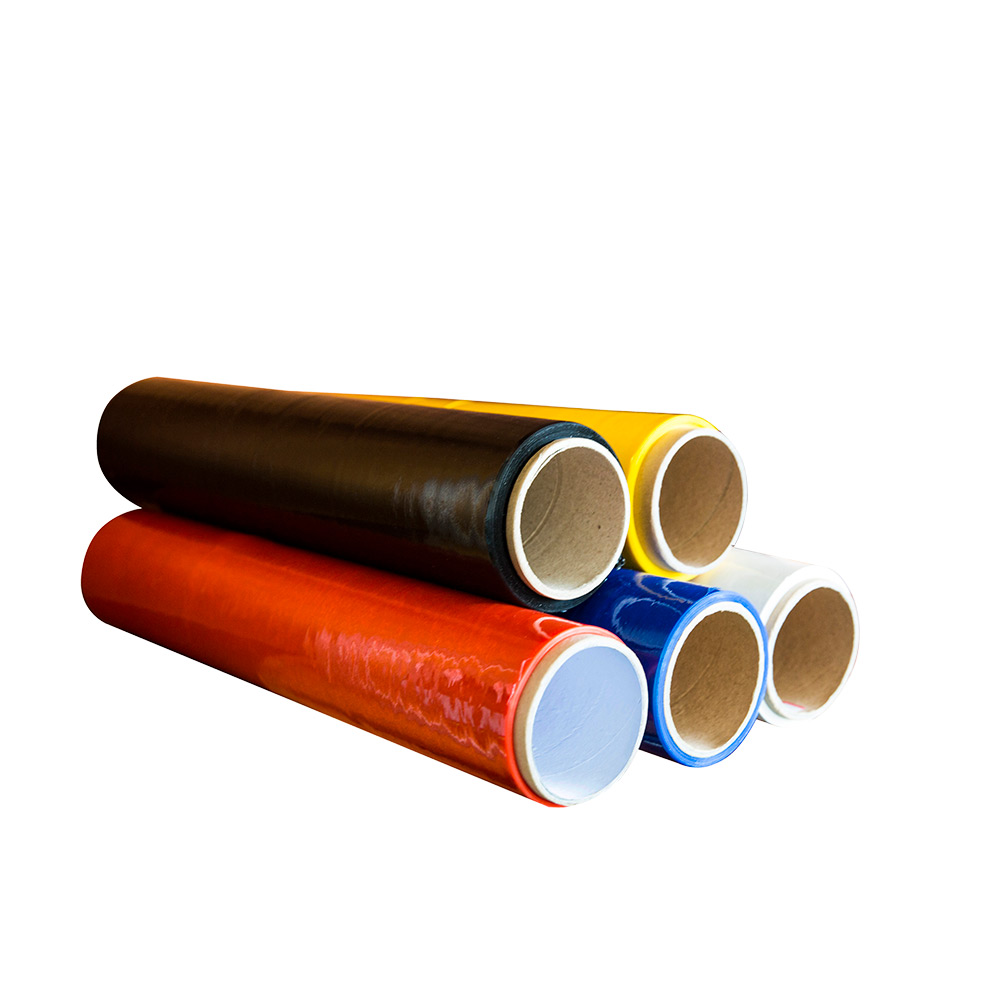
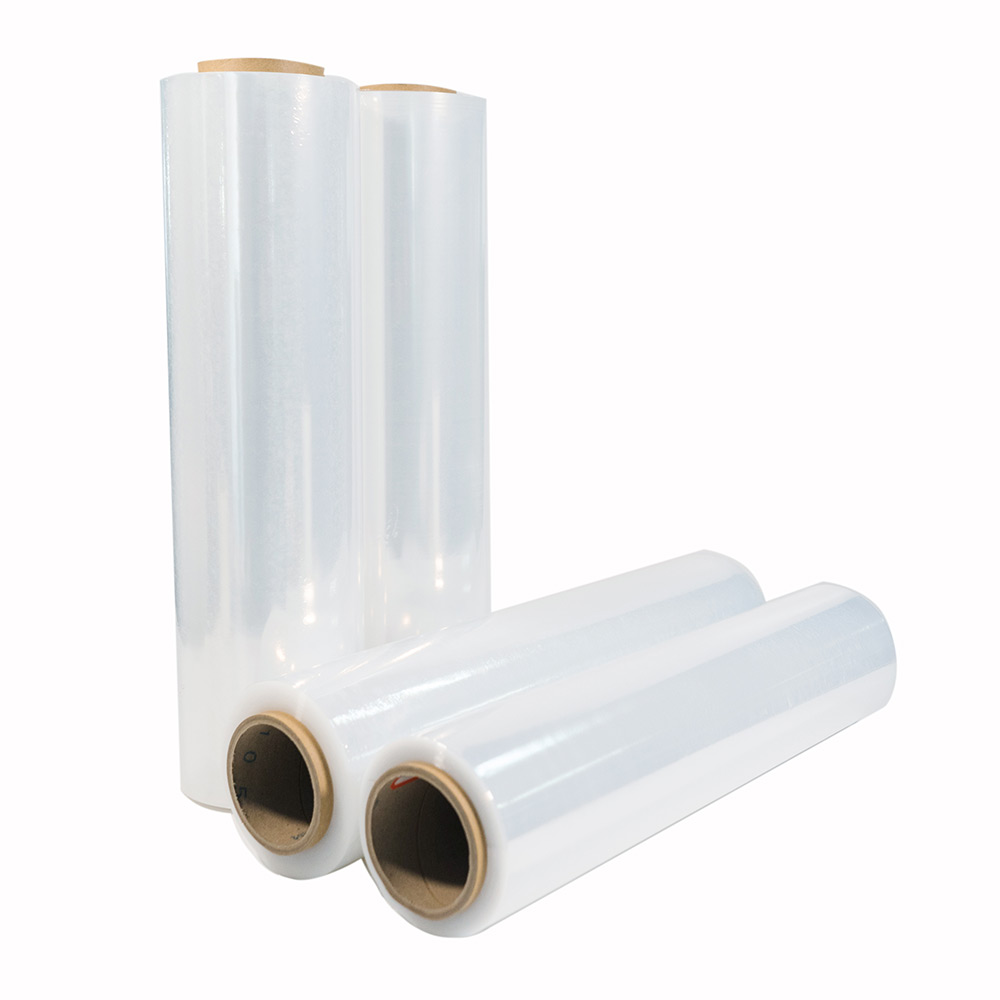
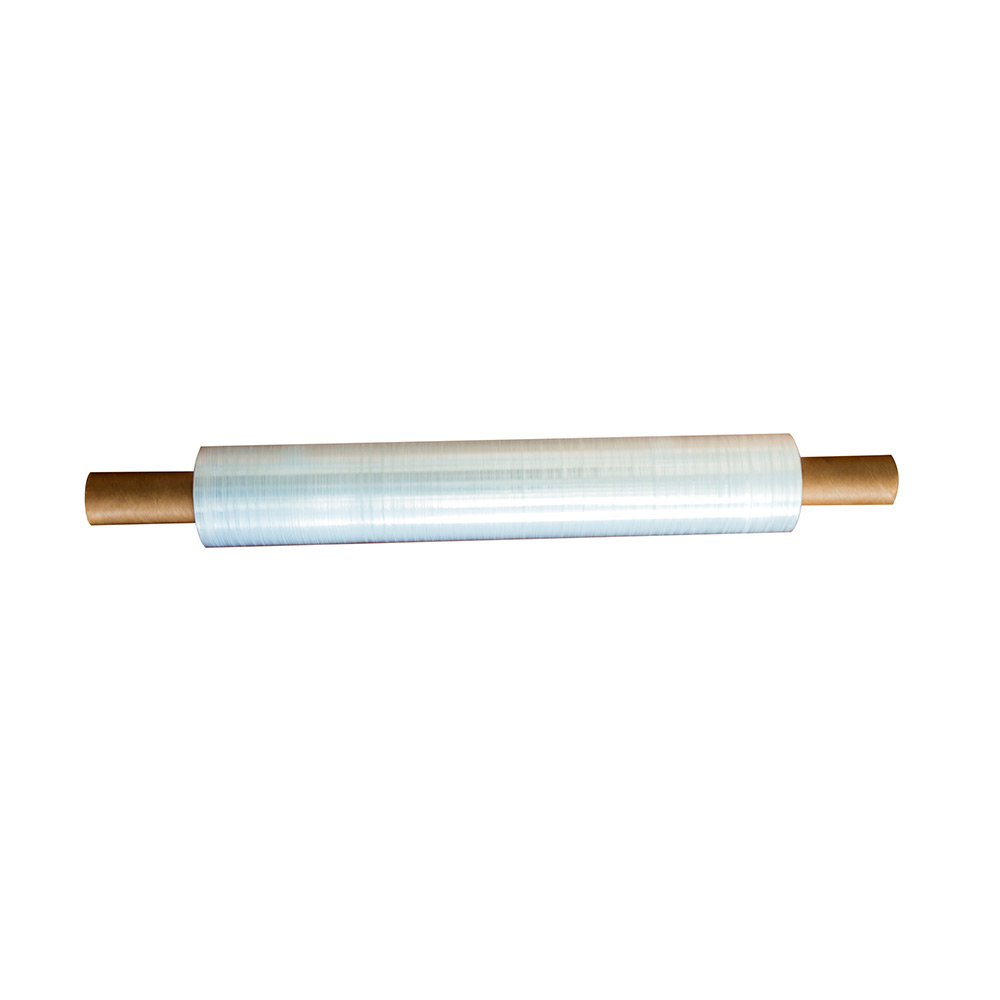


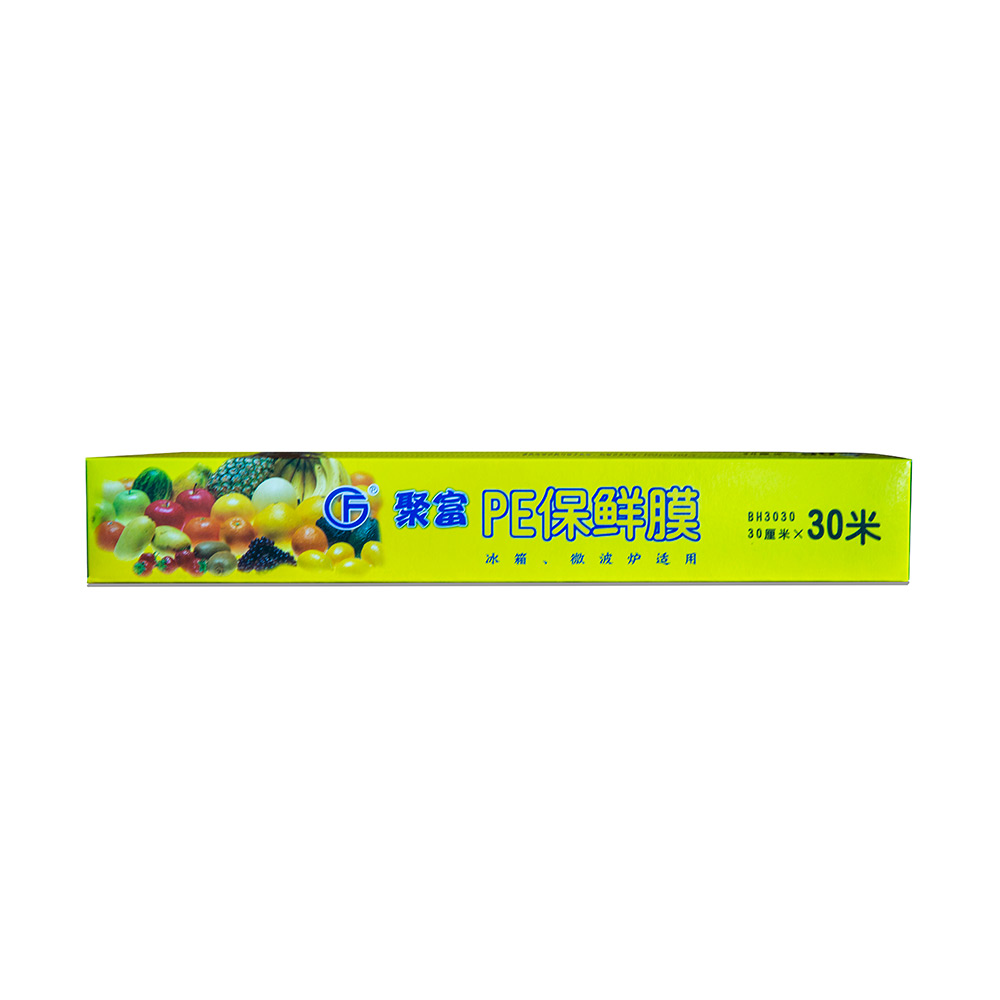
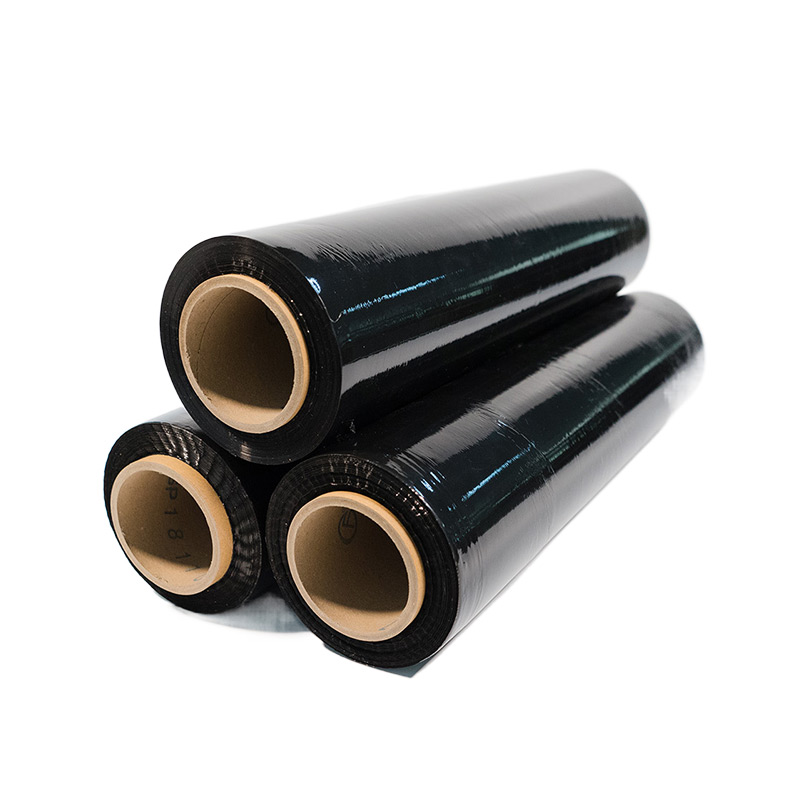
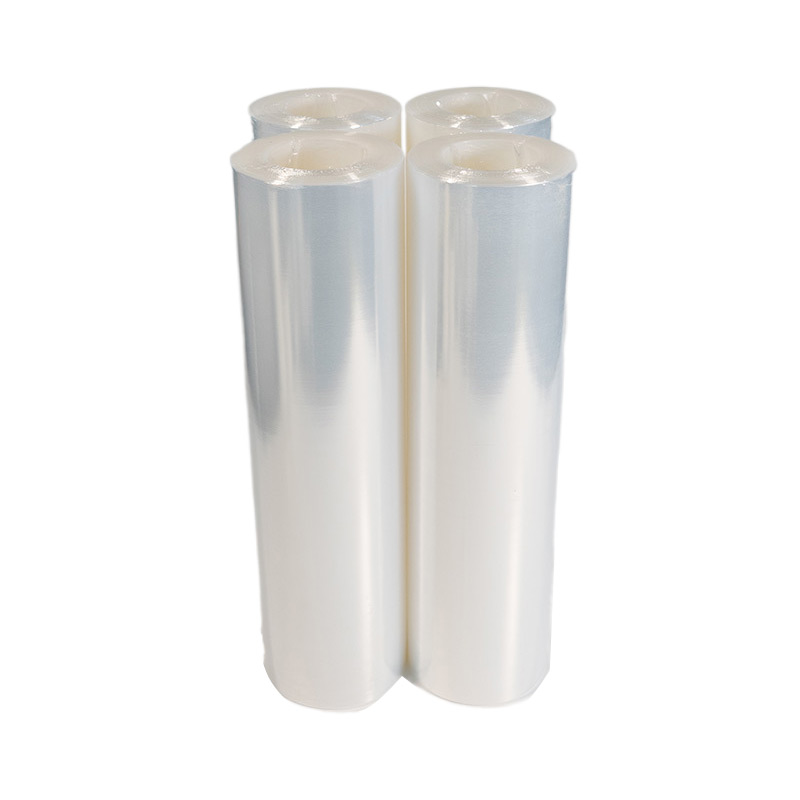
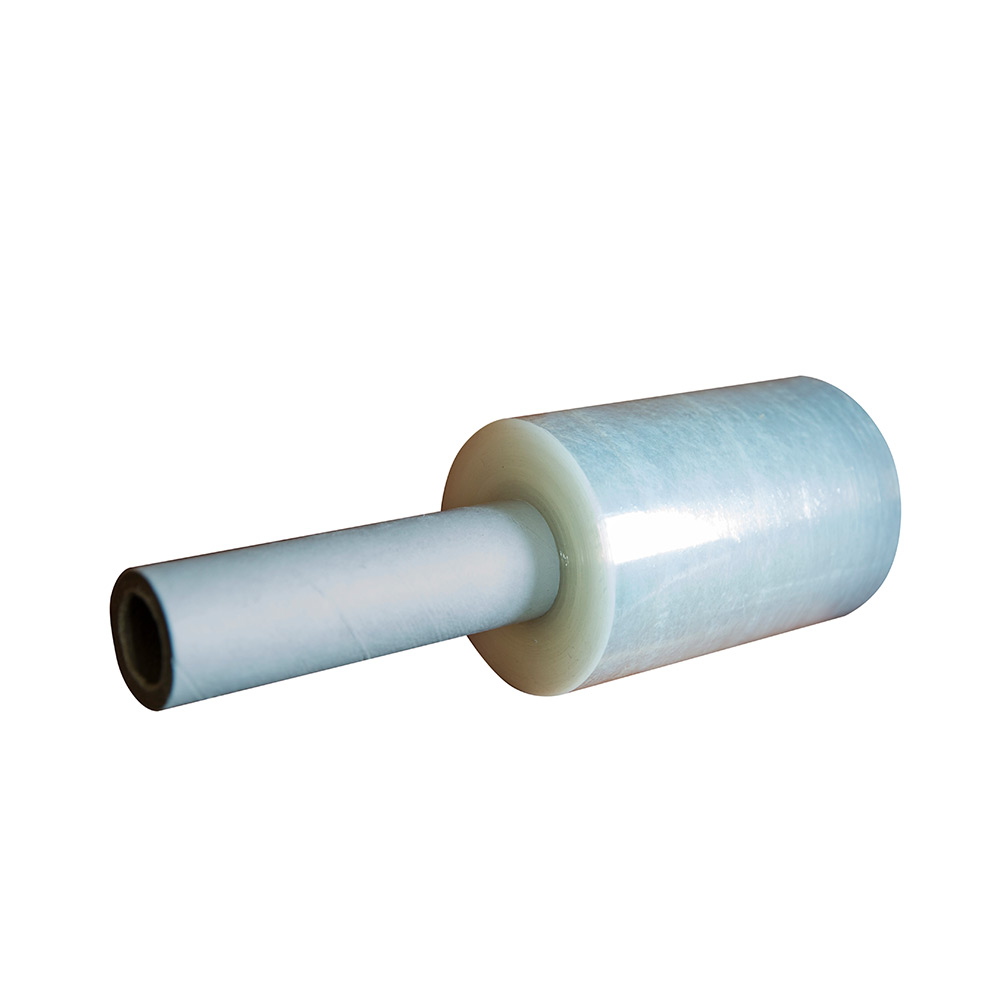
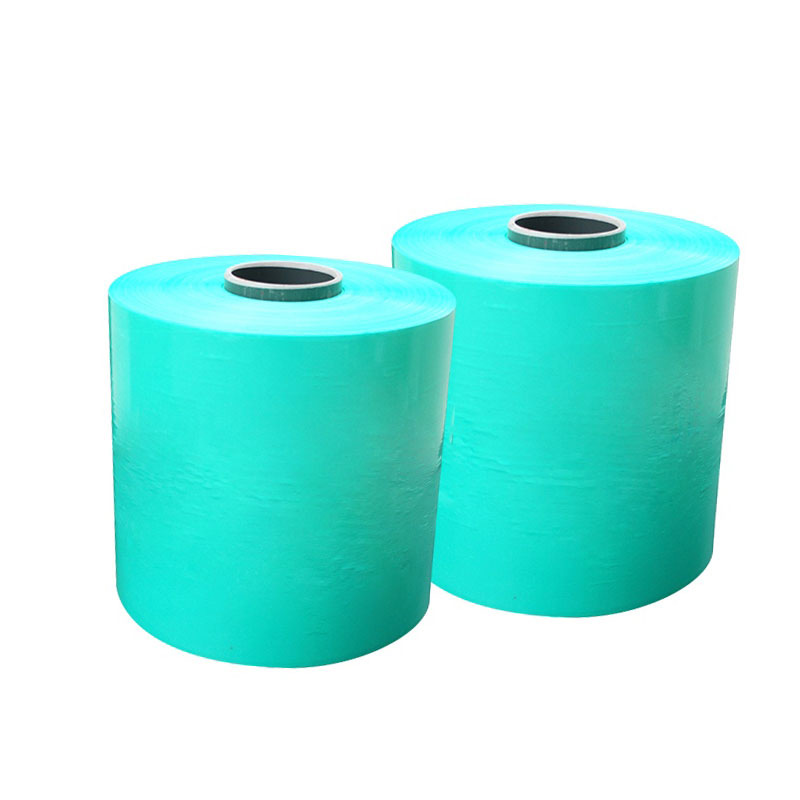
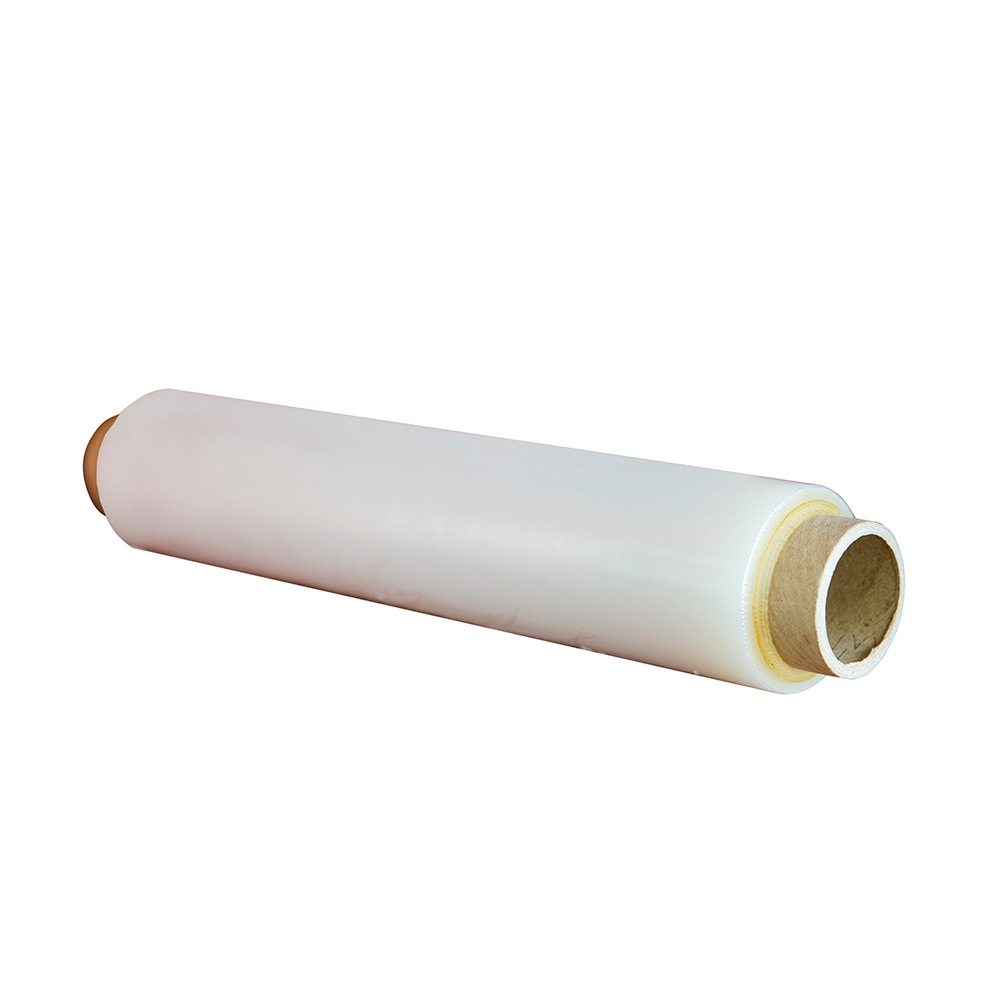
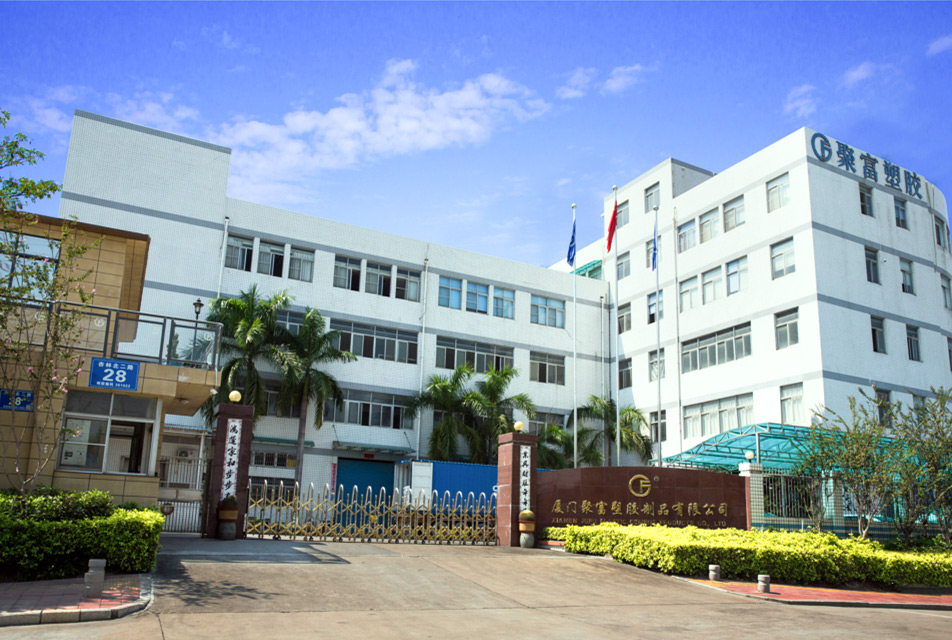
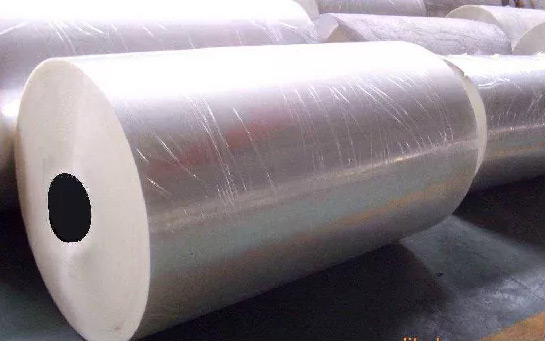
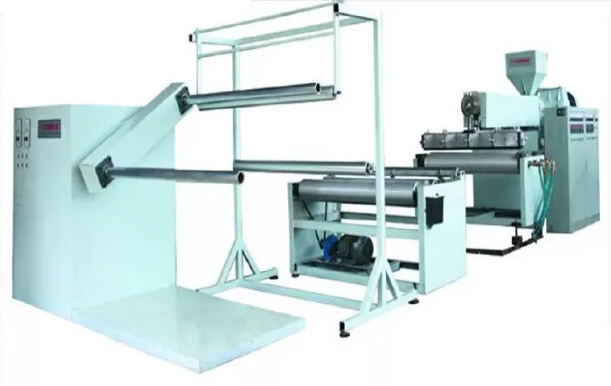
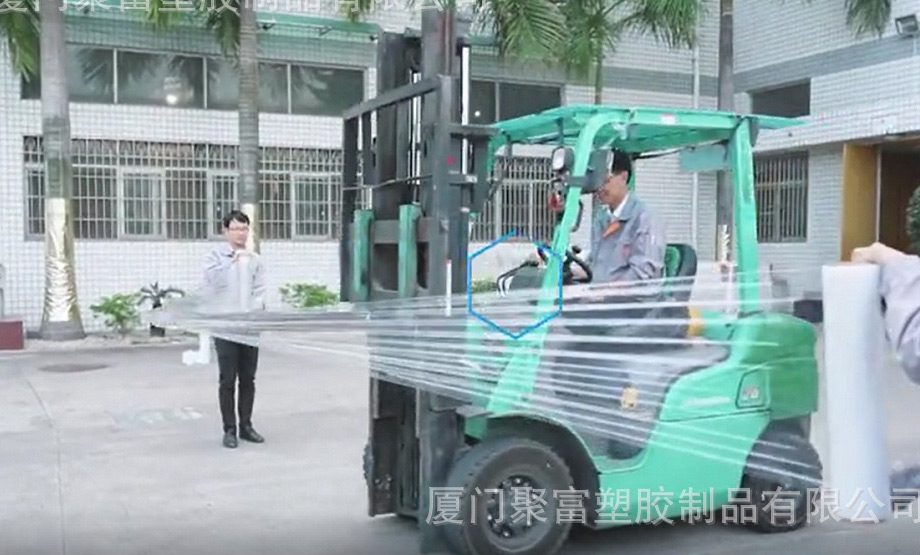

 +86-592-6241802
+86-592-6241802

 Feedback
Feedback 